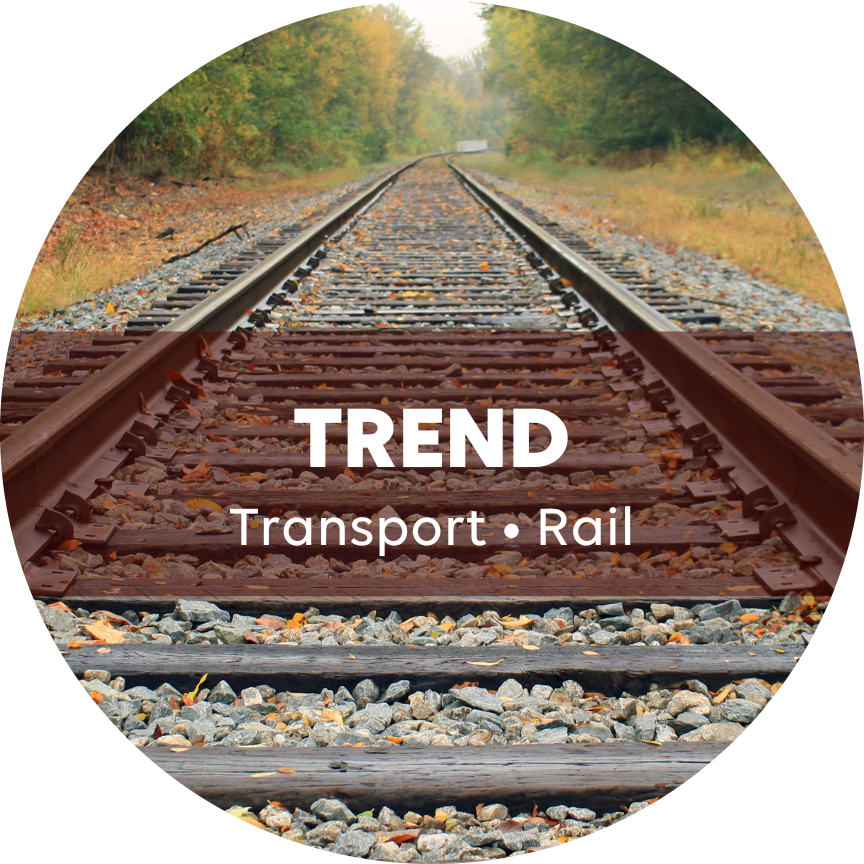Transport • Heatwaves pushing the sector off its rails
Rail is one of the least polluting modes of transport and one of the most vulnerable to climate change at the same time. 2022 and its succession of heat waves around the world put railways under stress. The sector's adaption has not been rapid, with current responses geared to the short term.

While rail is one of the least polluting modes of transport, it is also one of the most vulnerable to climate change. 2022 and its succession of heat waves around the world put railways under stress, even though the issue has been studied for a long time. While there are ways to adapt, including nature-based solutions, their uptake to date has not been rapid, with current responses more geared to short-term crisis management than to longer-term adaptation.
- The electrification of railways around the world is extending
- While rail transport has been identified as the least vulnerable to liability and transition risks due to its relatively low share of emissions, they are relatively more exposed to physical risks caused by global warming
- In the context of railways, the majority of adapted solutions so far have been « grey » solutions, while the use of « green » solutions has been very limited, with very few studies on them
- While most railway operators have set up a strategy for adapting to climate change, the manifestation of these strategies can vary
Rail is currently among the relatively greener modes of transport for both freight and passengers, and is on the way to becoming more so as rail electrification progresses—although rates vary according to region, and the benefits of this process must be assessed while taking the electricity mix into account. However, with the effects of climate change becoming apparent, the rail sector is left vulnerable to costly disruption and damage to infrastructure. While short-term “grey” solutions are adopted in immediate response to crises, railway operators are already considering longer-term options, such as using more natural “green” solutions. The incorporation of adaptation criteria in the design of projects prior to their launch is emerging in developing countries. While knowledge of rail transport adaptation issues is growing, the implementation of the relevant recommendations is hindered by a number of factors, such as land ownership and the lack of ownership of adaptation issues within national institutional frameworks.




